Submitted by WA Contents
Estonian Pavilion to explore the role of urban space for future developments of small towns
Estonia Architecture News - Apr 02, 2021 - 16:19 7903 views
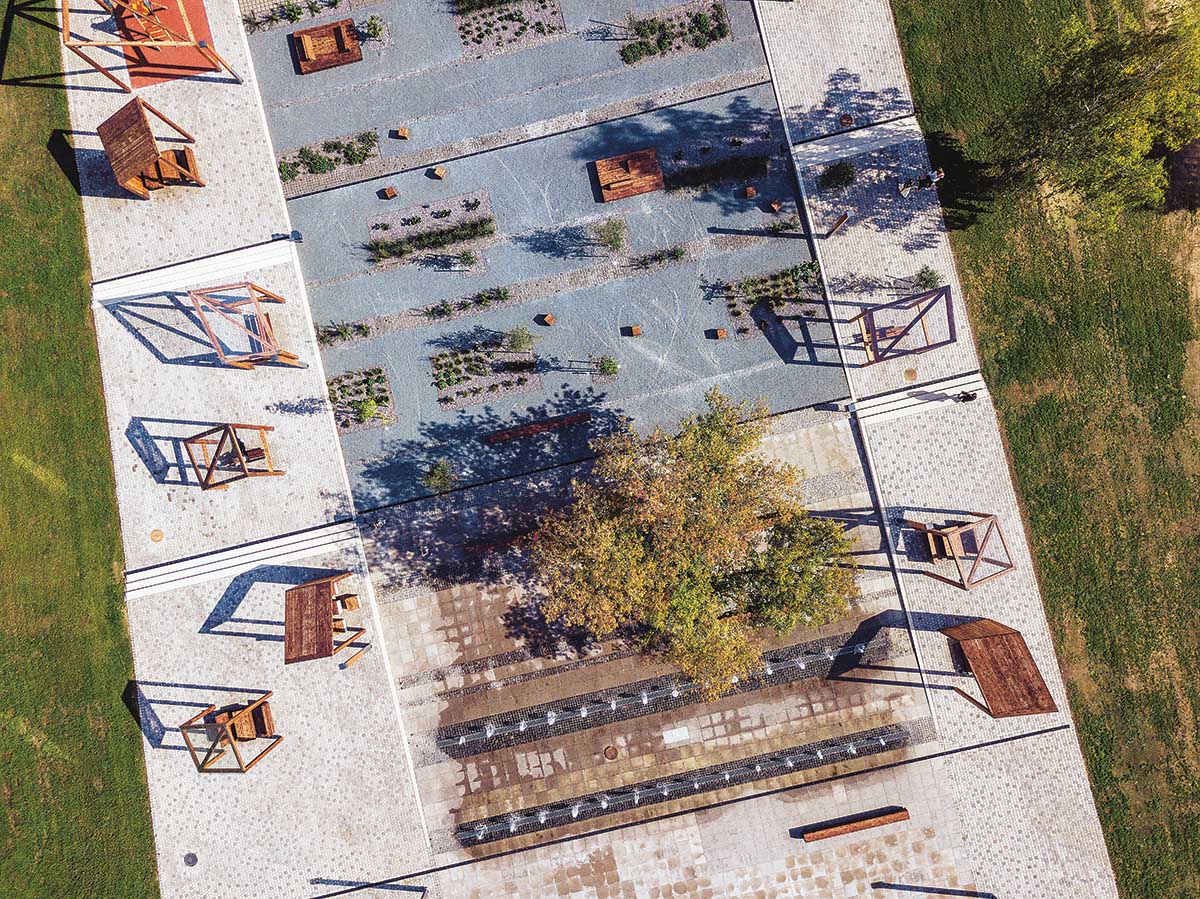
The Estonian Centre for Architecture has announced theme for the exhibition of Estonian Pavilion at the exhibition of the 17th Venice Architecture Biennale which will open to the public on May 22 and will be on view until November 21st, 2021.
Named Square! Positively shrinking, the exhibition, curated by Jiří Tintěra, Garri Raagmaa, Kalle Vellevoog, Martin Pedanik and Paulina Pähn, will be presented in the Estonian Pavilion, located in the Arsenale venue.
The theme will exploring the role of high-quality urban space in enhancing the future development of small towns that are in jeopardy of depopulation, the exhibition aims to spark a debate on the lesser known facet of urbanisation.
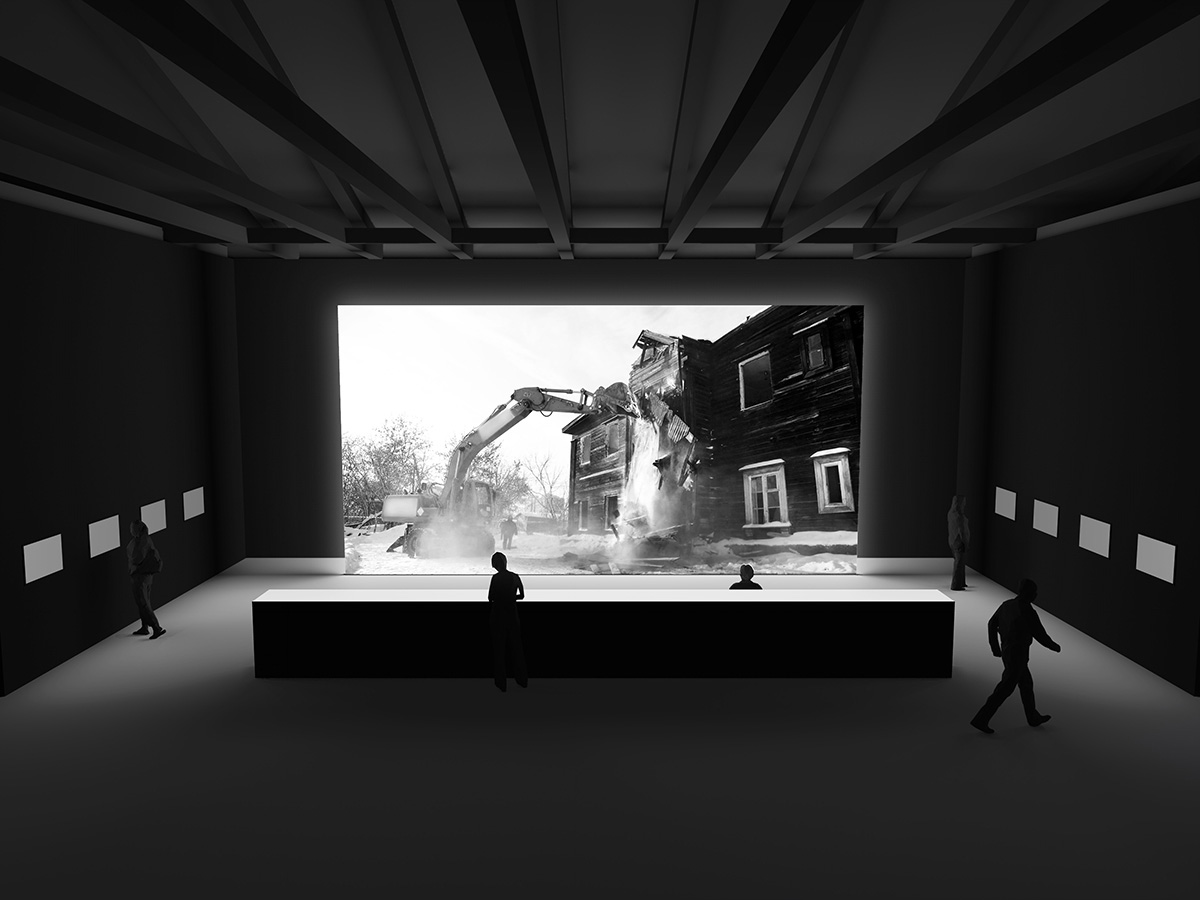
Square! Positively shrinking. Image courtesy of Estonian Centre for Architecture
"The causes of population decline are global, but the consequences are local," asserted the Estonian team of curators.
"One way to combat this phenomenon is to focus on improving the quality of life of the population and strengthening local awareness and identity. Our message is that quality urban space has a key role to play in this and cities and architects can do a lot," the curators added.
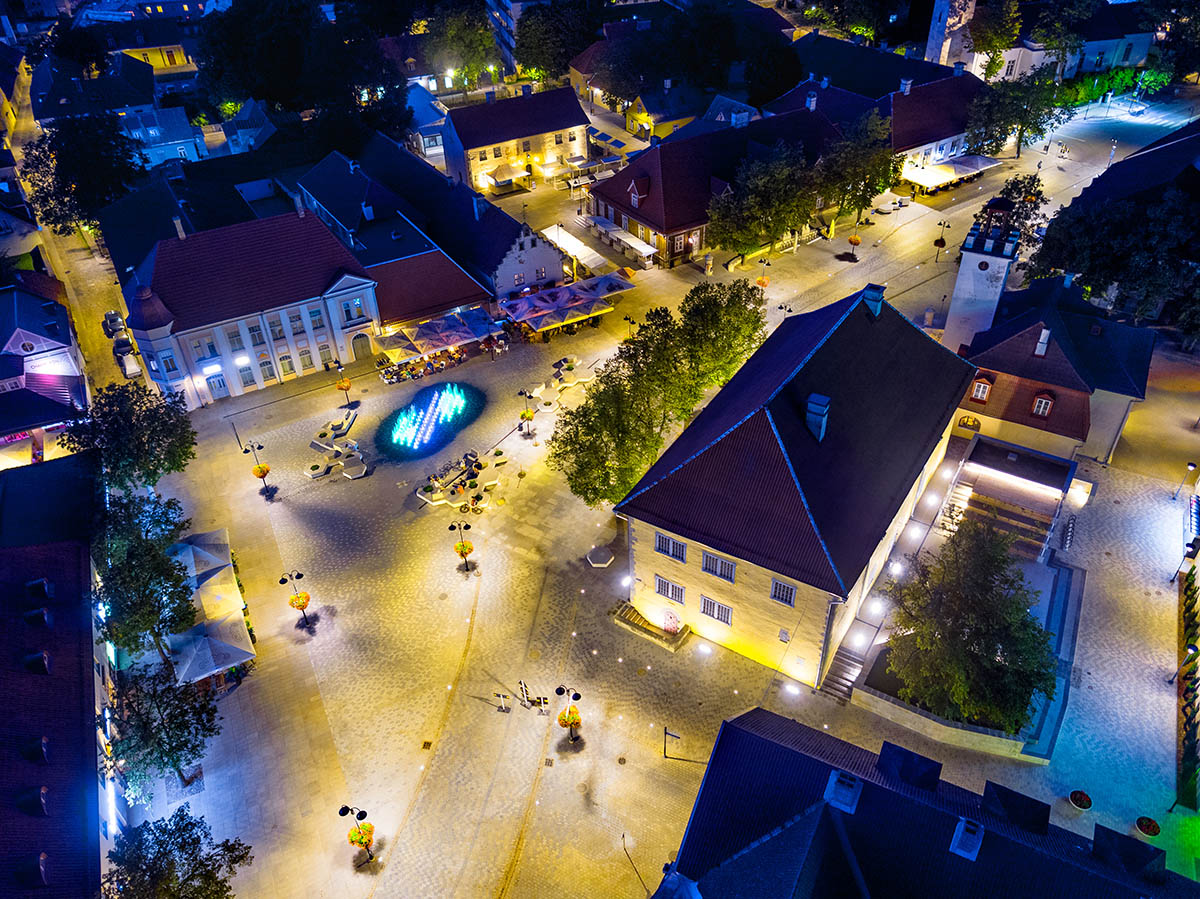
Kuressaare central square © Tiit Veermäe
"The phenomenon of shrinking cities is widespread throughout Europe and as a consequence of fundamental changes during the transition in 1989/1991, post-socialist Eastern Europe is strongly affected," said the Estonian Centre for Architecture.
"The influence of urbanisation and suburbanisation processes on local communities often has a greater impact than out-migration or low birth-rates at national level. As a result, 45 in 47 Estonian towns have lost a significant percentage of their population since 2000."
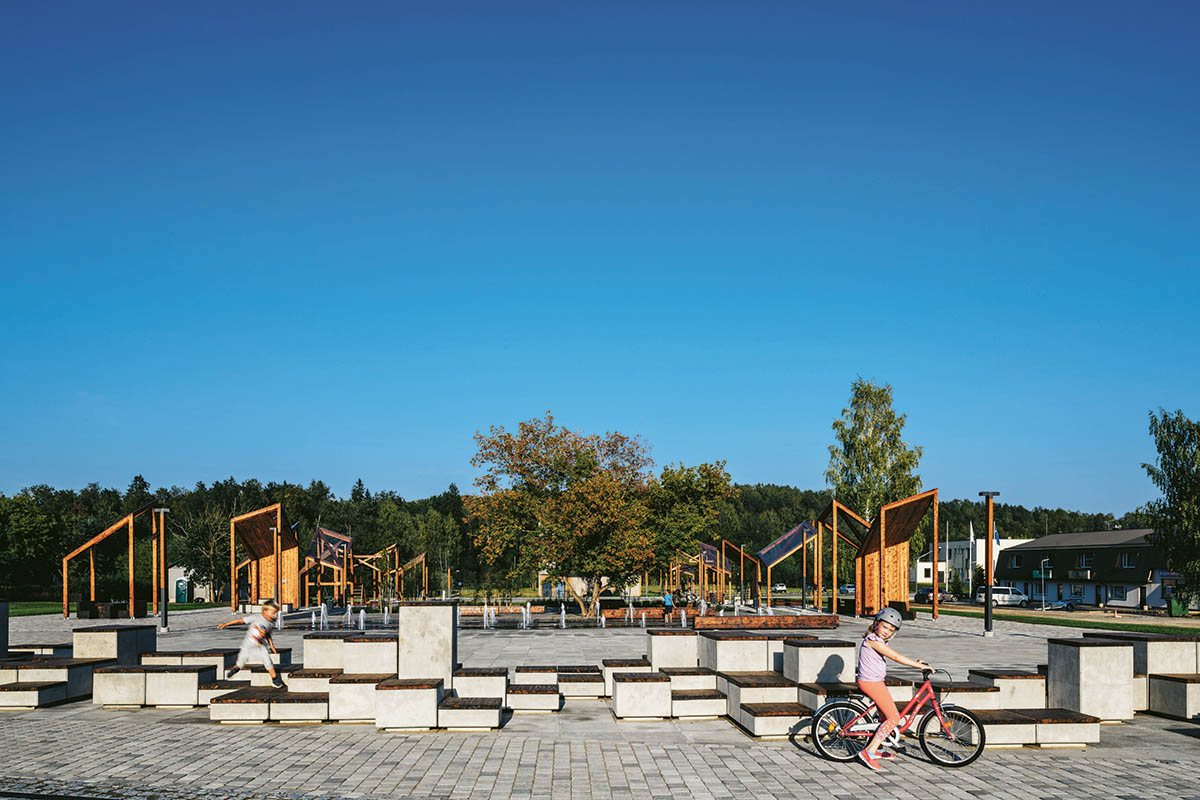
Põlva central square © Tõnu Tunnel
As the organization highlights, the most visible symptoms of shrinkage in urban space are building vacancies and brownfields, the predominantly low quality of residential premises, unsightly dilapidated buildings and an underinvested environment, which negatively impact residents and amplifies the vicious circle of decline.
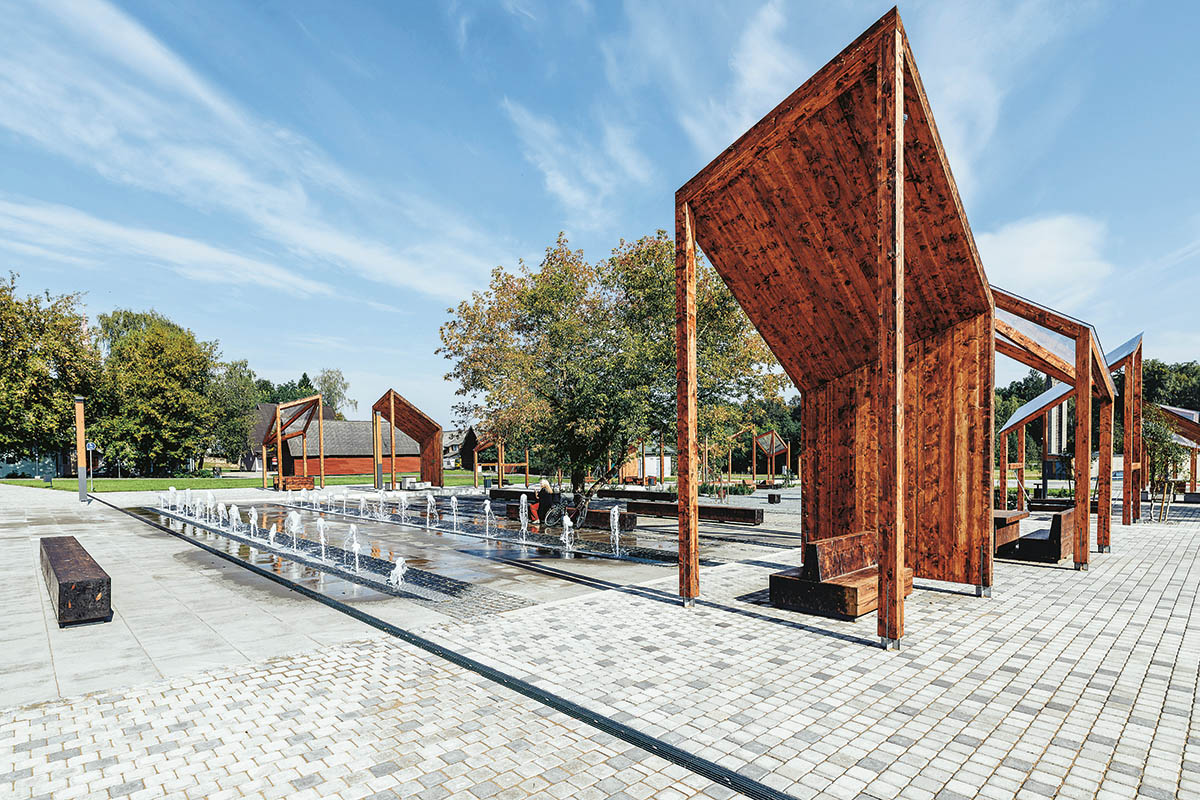
Põlva central square © Tõnu Tunnel
In this regard, while questioning the social, economic and environmental implications of de-urbanisation, the exhibition of “Square! Positively shrinking” will showcase solutions to shape the renewed identity of shrinking cities via building demolitions, active housing policies, historic building restoration and urban space revitalisation.
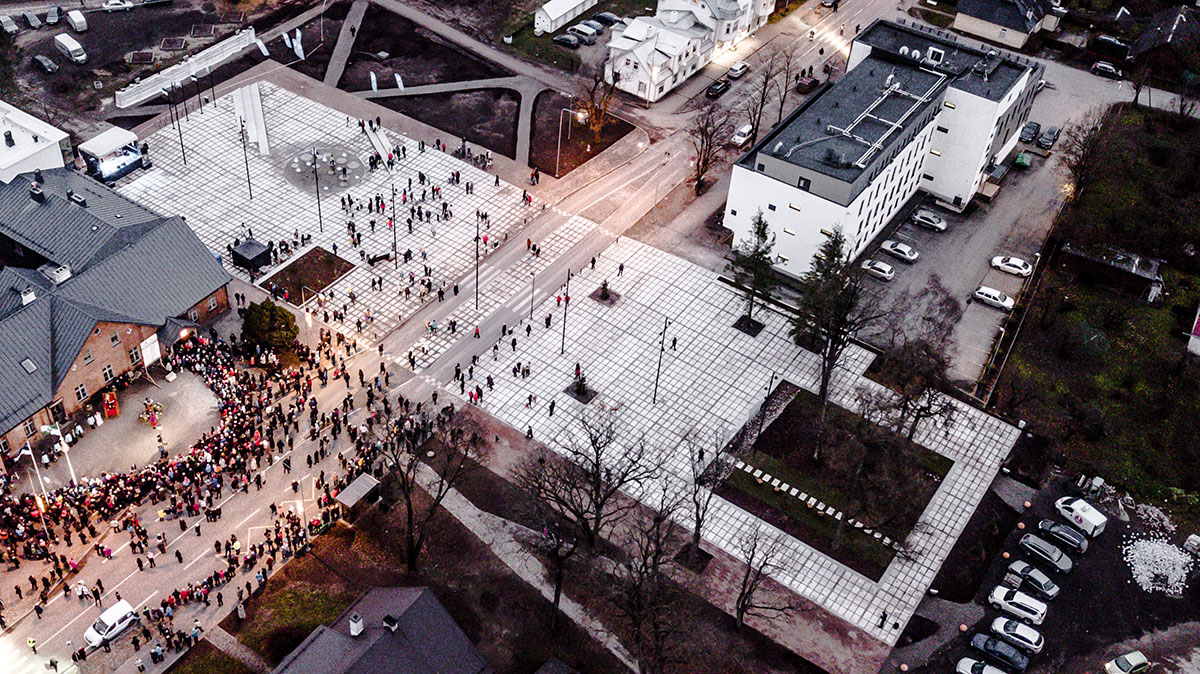
Rapla central square © Siim Solman
Focusing on "Great Public Spaces" (Hea avalik ruum), video screenings will play a central role in the exhibition, which will highlight the works organised within the framework of the Estonia 100 Architecture Programme, a remarkable example of urban space intervention in shrinking cities.
Conceived on the occasion of the country’s 100th anniversary, the initiative aimed to regenerate the centres and public spaces of 15 Estonian towns by 2020.
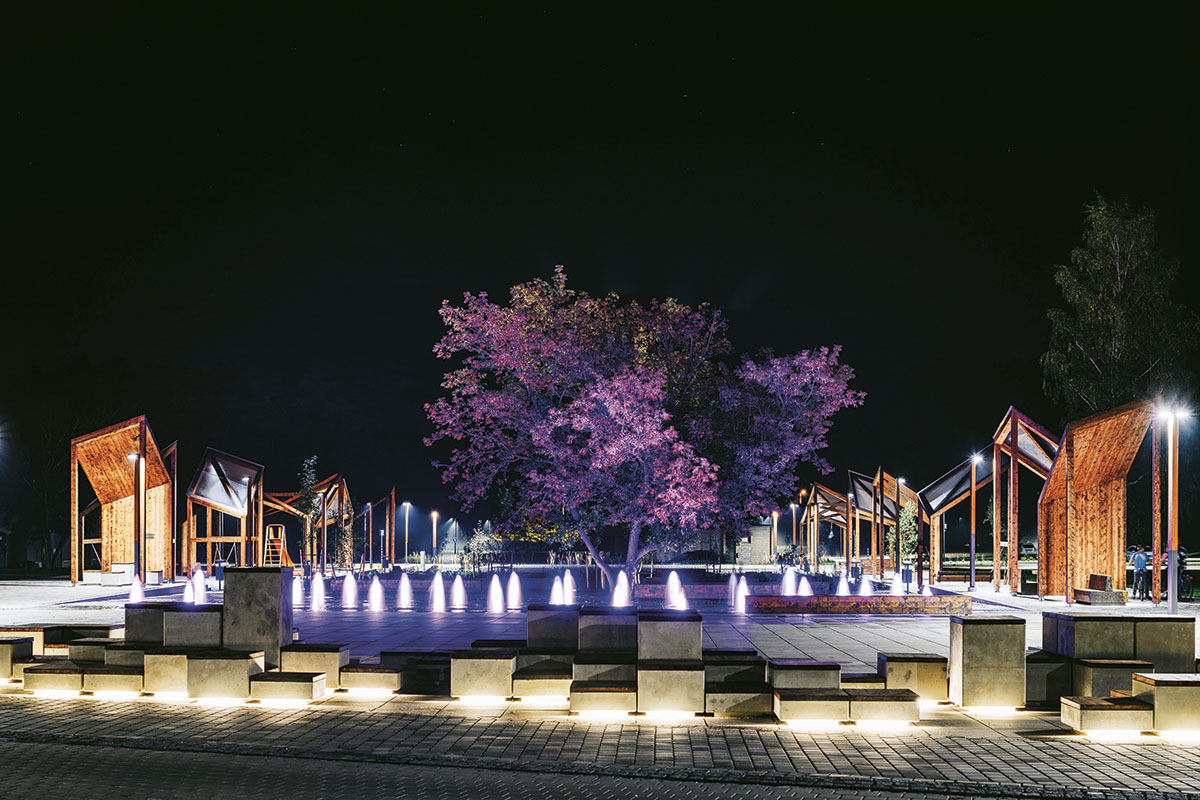
Põlva central square © Tõnu Tunnel
The works include town centre squares in Tõrva, Põlva, Valga and Rapla, completed in 2018, further squares, regenerated in Võru and Kuressaare in 2019, and others in Elva and Rakvere completed in 2020.
The Venice Architecture Biennale 2021 is curated by Lebanese architect Hashim Sarkis under the theme How Will We Live Together?, and encourages curators to consider how architecture can address global challenges that require coordinated action.

Tõrva central square © Tiit Veermäe
In this sense, the Estonian exhibition responds to Sarkis’ call for pavilions: "The demand for a good living environment is growing, no matter where and how we will live together. The project "Square! Positively shrinking" helps to raise awareness of the architect's important role and responsibility in defending the quality of our common living environment," explained the curators.

Rakvere central square © Tõnu Tunnel
As the Covid-19 pandemic has completely changed our lives, the debate becomes even more urgent: "The real value of something becomes apparent when we lose it today's circumstances have vividly demonstrated the human need for face-to-face interaction, and also the quality of space where this interaction could happen," added Raul Järg, Commissioner of the Estonian Pavilion.
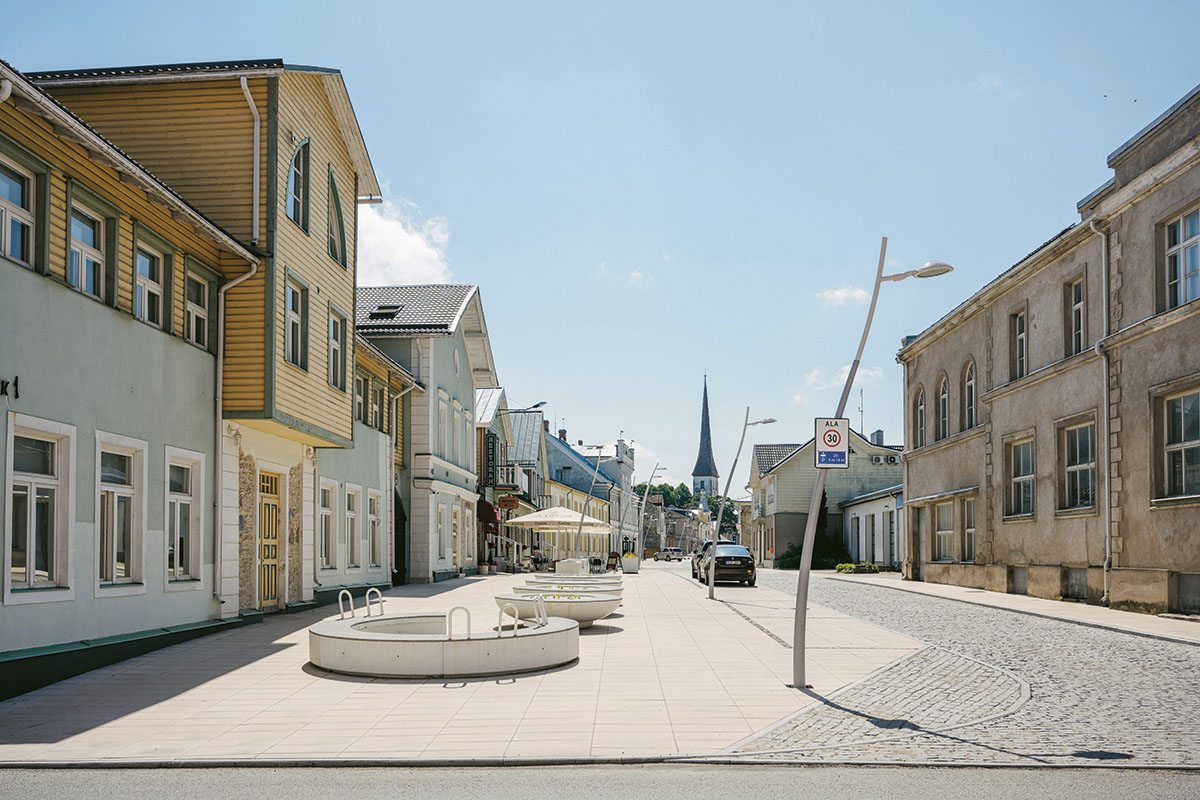
Rakvere central square © Tõnu Tunnel
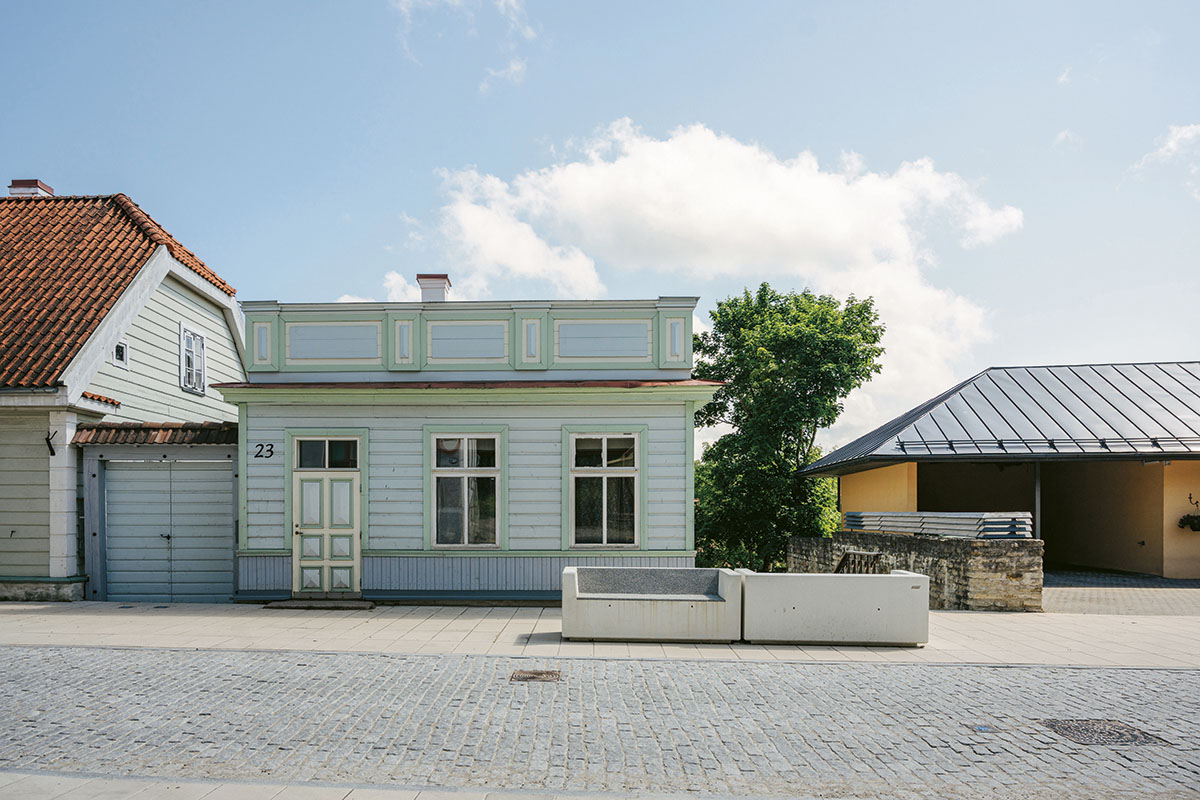
Rakvere central square © Tõnu Tunnel
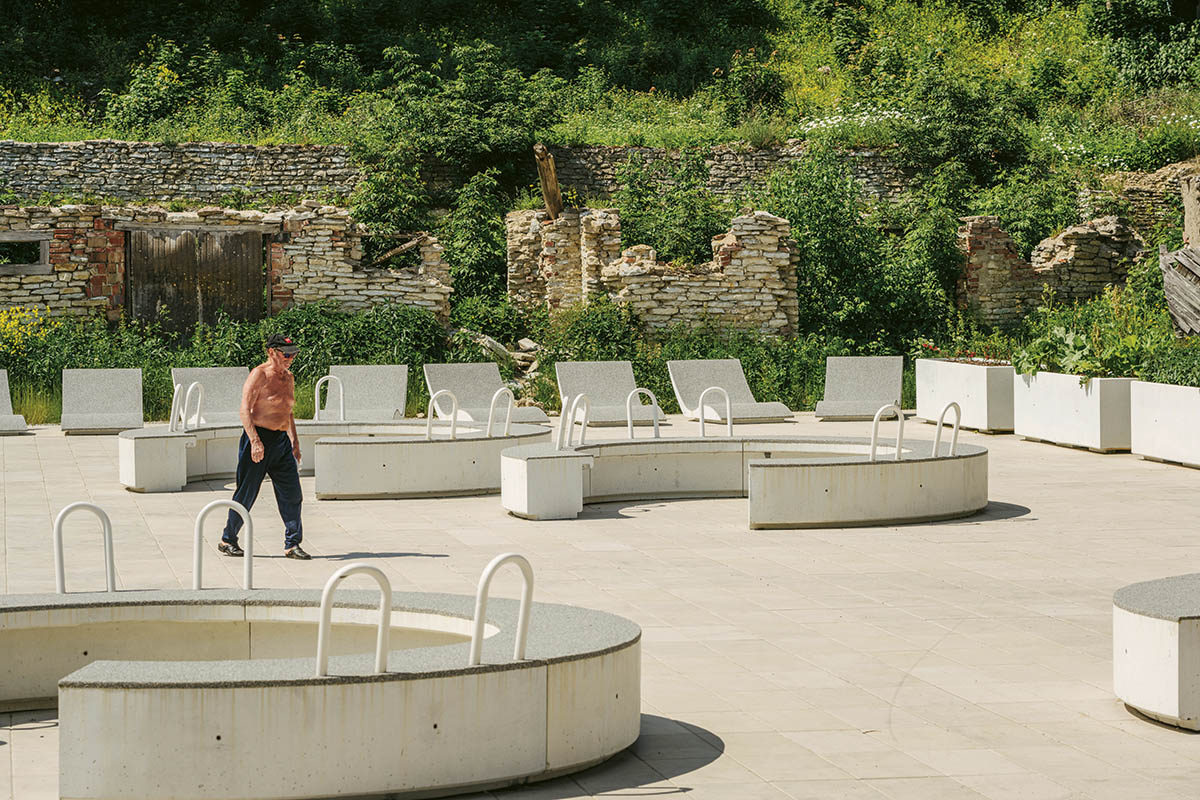
Rakvere central square © Tõnu Tunnel
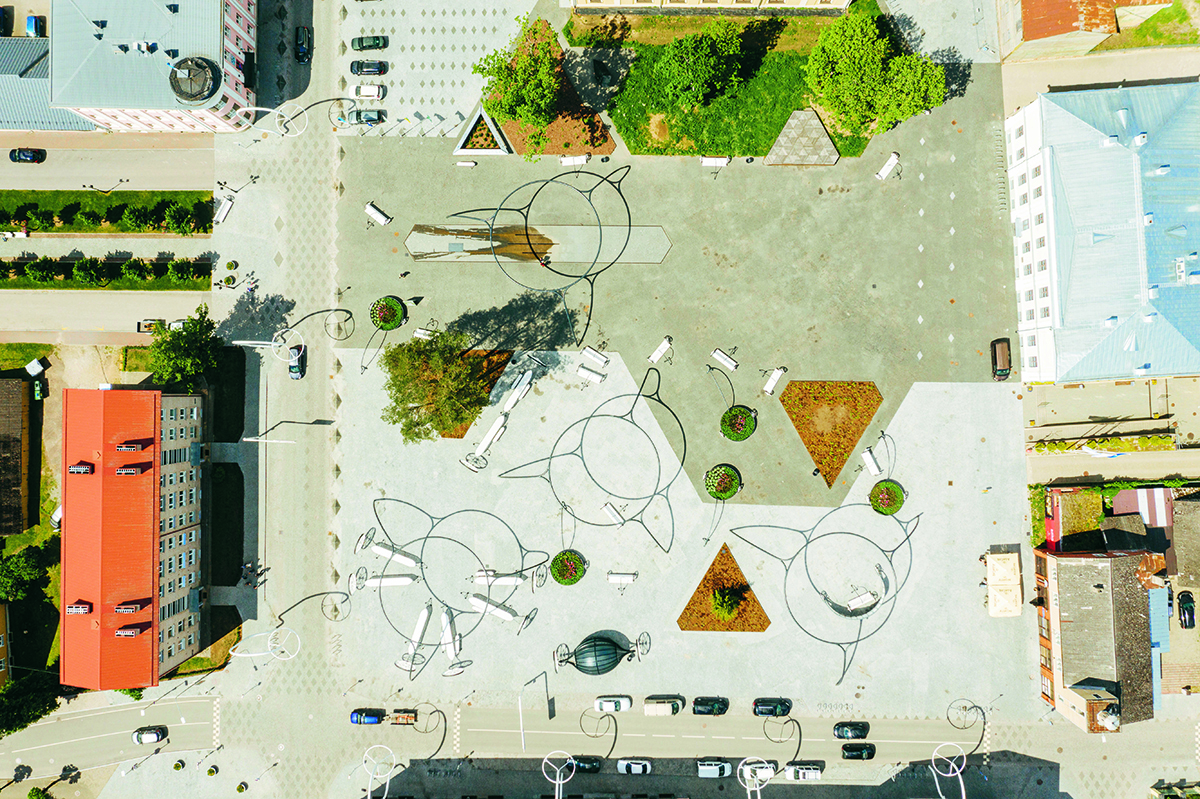
Võru central square © Tõnu Tunnel
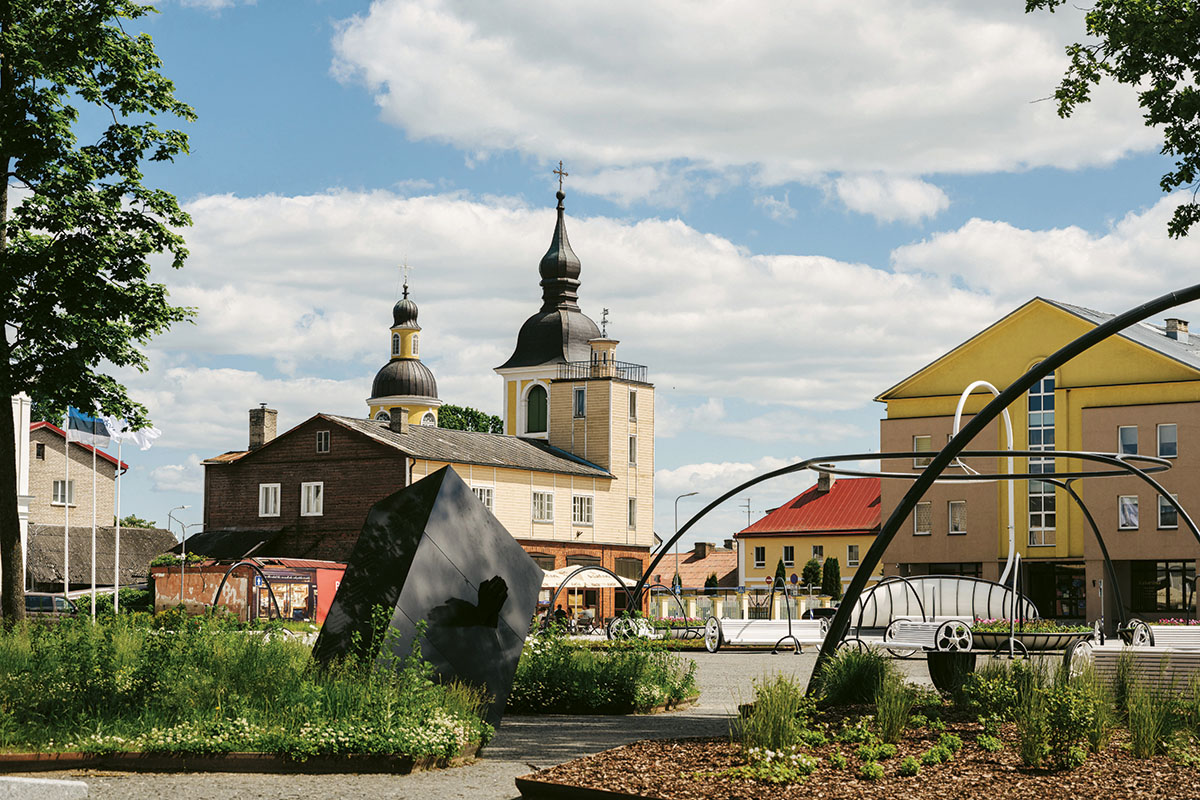
Võru central square © Tõnu Tunnel
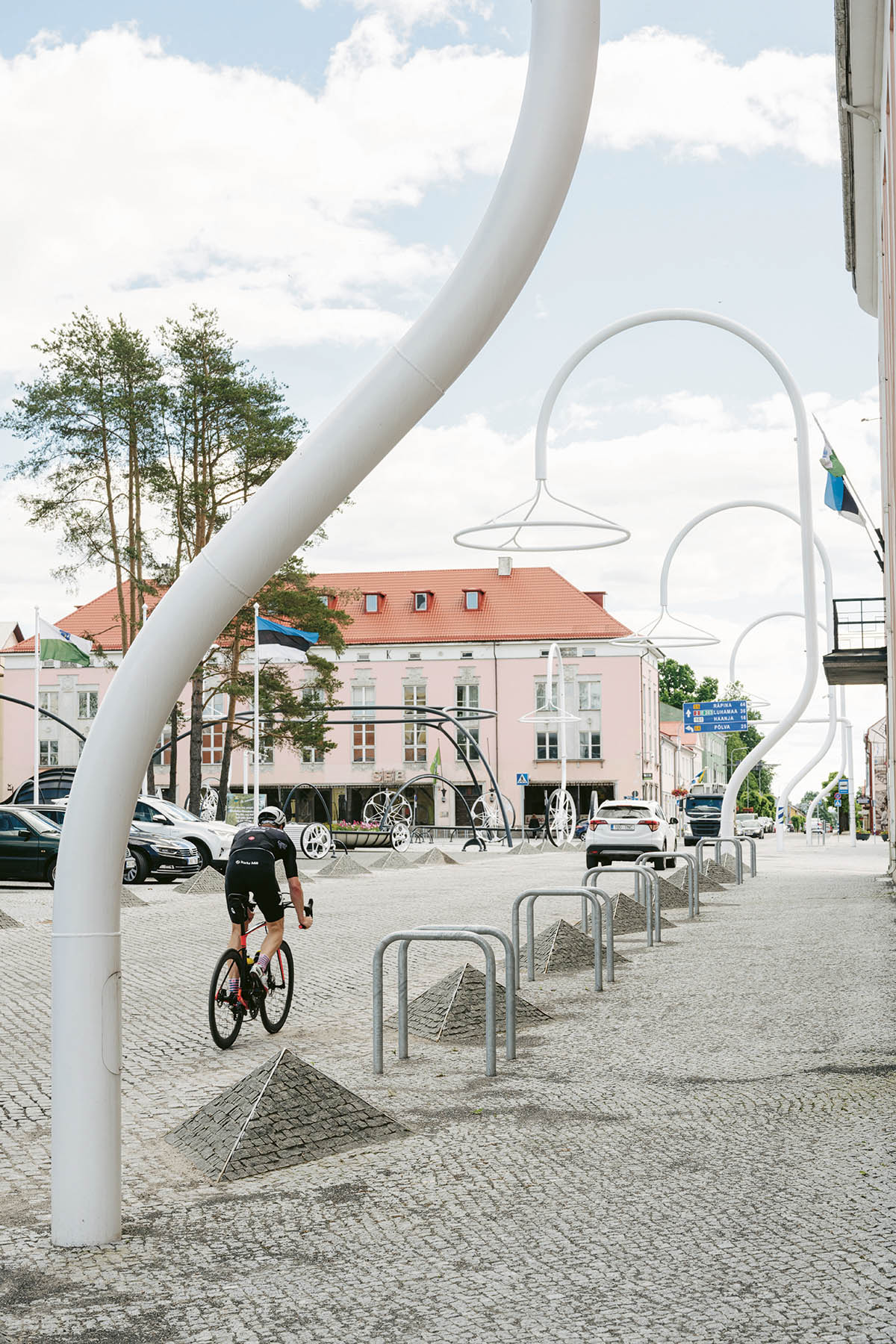
Võru central square © Tõnu Tunnel
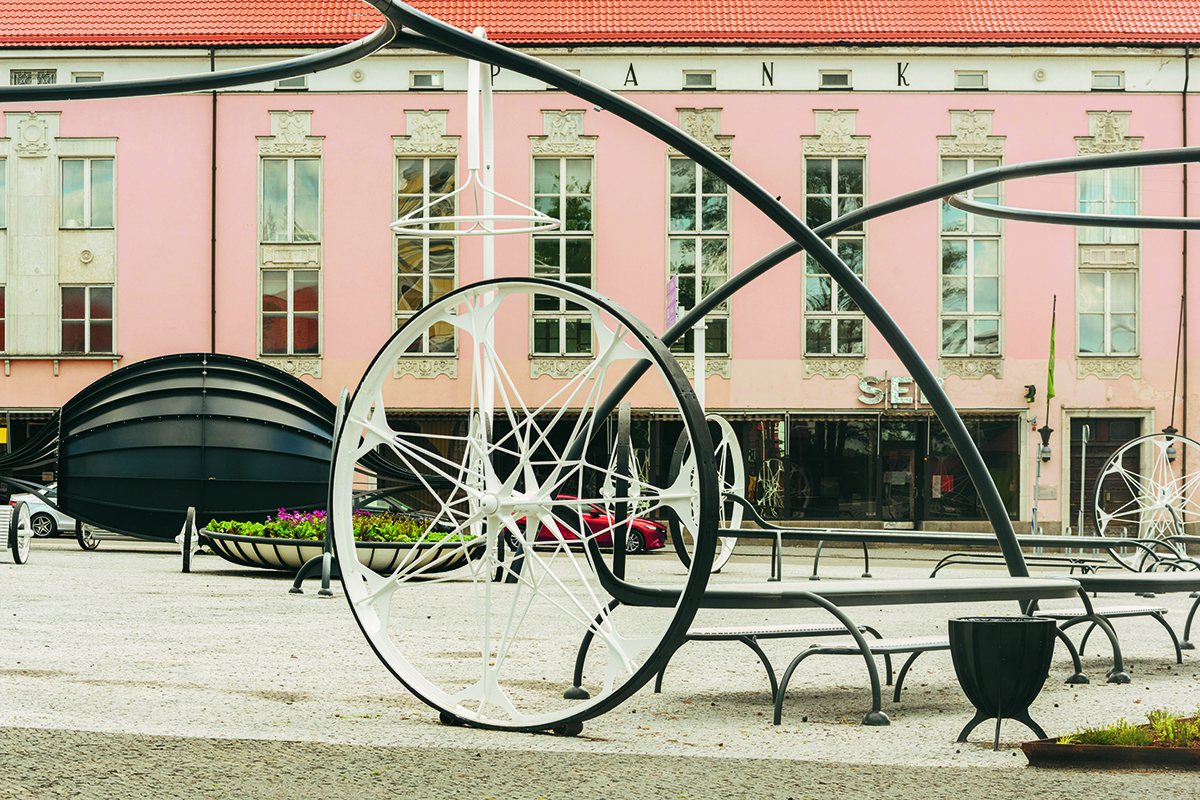
Võru central square © Tõnu Tunnel
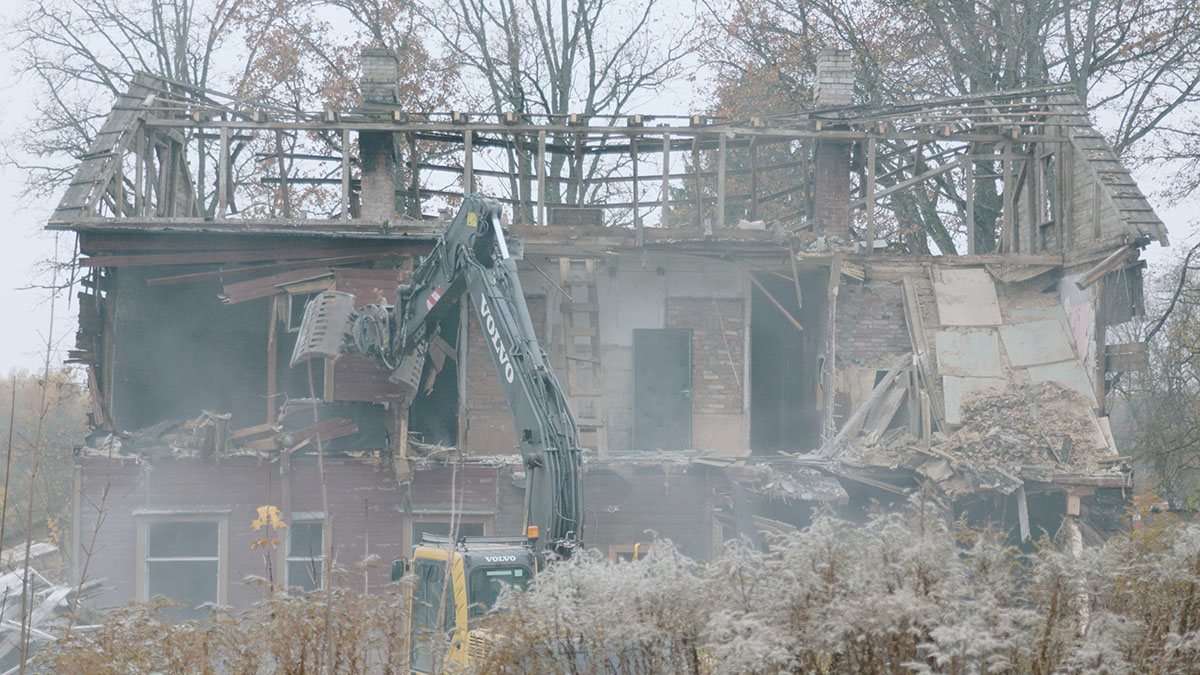
Still frame from the film, The demolition of an abandoned building in Valga © Anna Hints
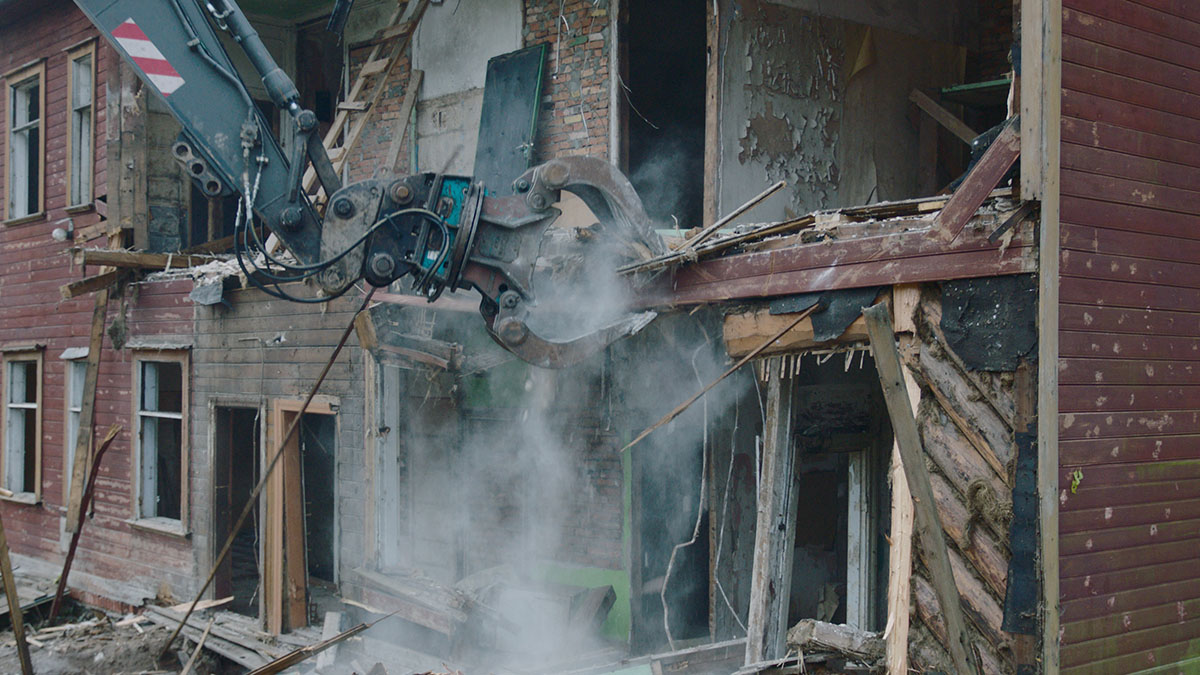
Still frame from the film, The demolition of an abandoned building in Valga © Anna Hints

Still frame from the film, The demolition of an abandoned building in Valga © Anna Hints
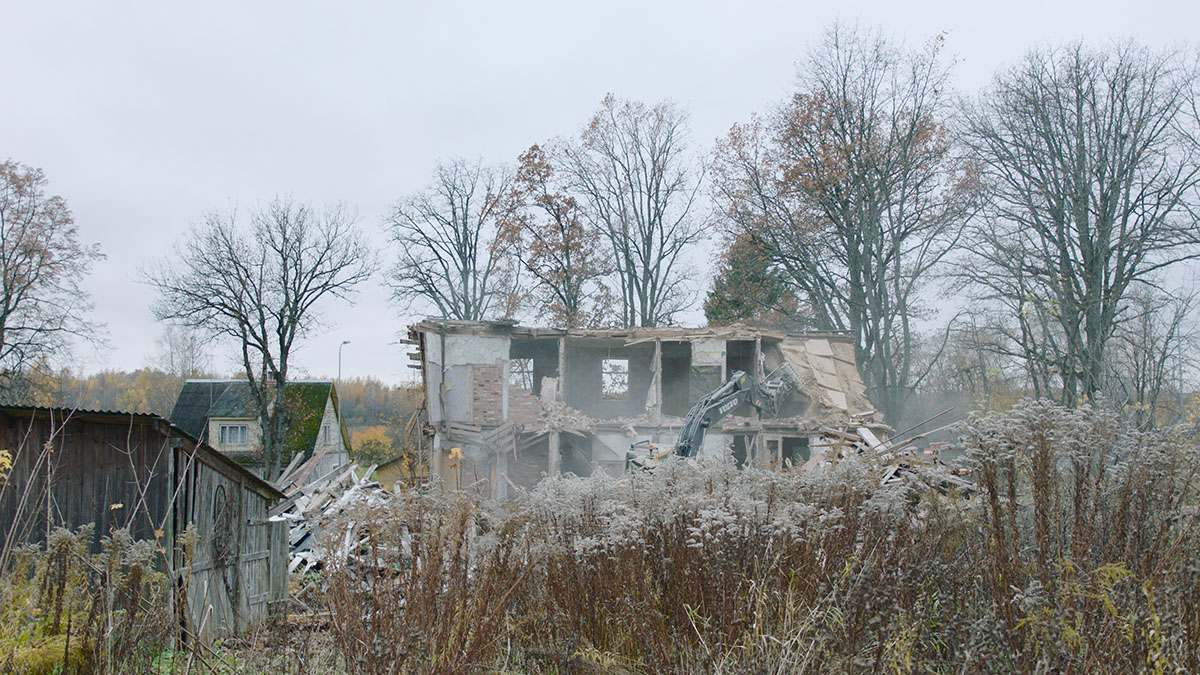
Still frame from the film, The demolition of an abandoned building in Valga © Anna Hints
The Estonian Centre for Architecture (ECA) is a non-profit institution that was established in 2008 by the Estonian Academy of Arts and the Union of Estonian Architects, to develop the architectural culture in Estonia and to foster contemporary Estonian architecture abroa
Project facts
Exhibition: Square! Positively shrinking
Location: Arsenale - La Biennale di Venezia (Sestiere Castello, Campo della Tana 2169/F)
Curators: Jiří Tintěra, Garri Raagmaa, Kalle Vellevoog, Martin Pedanik, Paulina Pähn
Commissioner: Raul Järg (Estonian Centre for Architecture)
Production: Eve Arpo, Maria Kristiin Peterson (Estonian Centre for Architecture)
Exhibitors:
Mari Rass, Ott Alver, Alvin Järving, Kaidi Põder (Tõrva main square project), Helen Rebane, Egon Metusala, Kaie Kuldkepp, Liis Uustal, Vilve Enno (Põlva main square project), Gianfranco Franchi, Chiara Tesi, Rea Sepping (Valga main square project); Siiri Vallner, Indrek Peil (Rapla main square project), Villem Tomiste (Võru main square project); Häli-Ann Tooms, Mari-Liis Männik (Kuressaare main square and street project); Ülle Maiste, Diana Taalfeld, Anne Saarniit, Roomet Helbre, Taavi Kuningas (Elva main square and street project); Risto Parve, Kai Süda (Rakvere main street project), Liisa Hirsch, Patrick Tubin McGinley (music, sound); Anna Hints, Joosep Matjus, Ants Tammik, Tushar Prakash, Urmas Reisberg, Kairid Laks (film).
Top image: Põlva central square © Tõnu Tunnel. Image Courtesy of The Estonian Centre for Architecture
Video by Anna Hints, Kalle Vellevoog.
